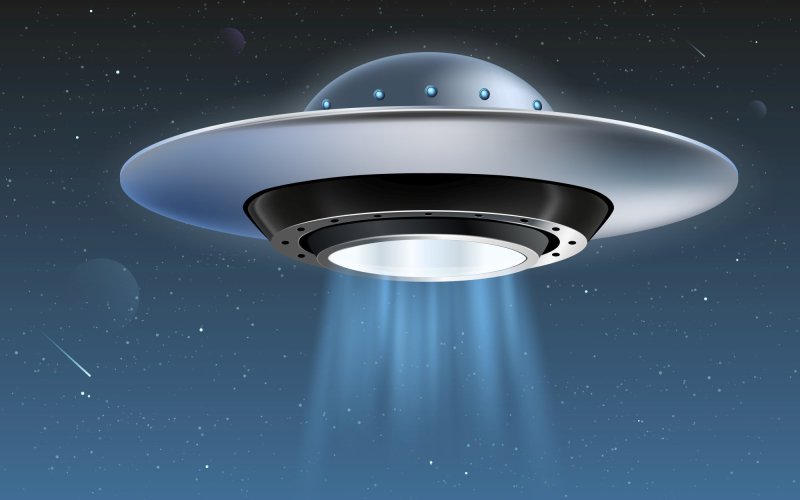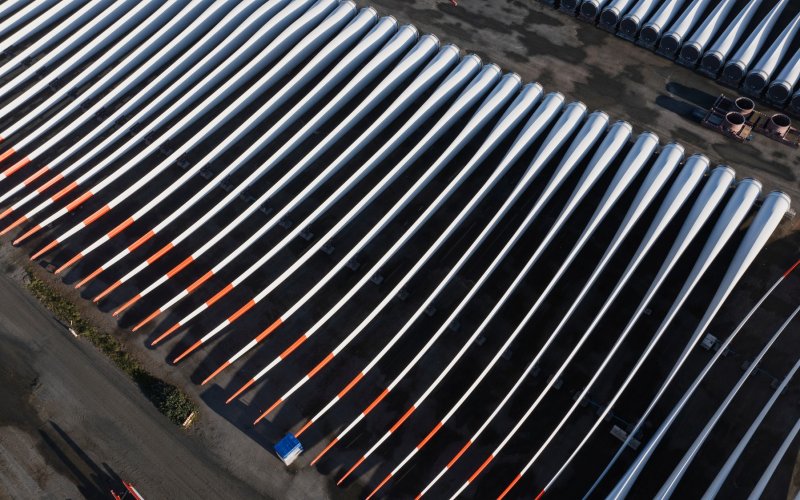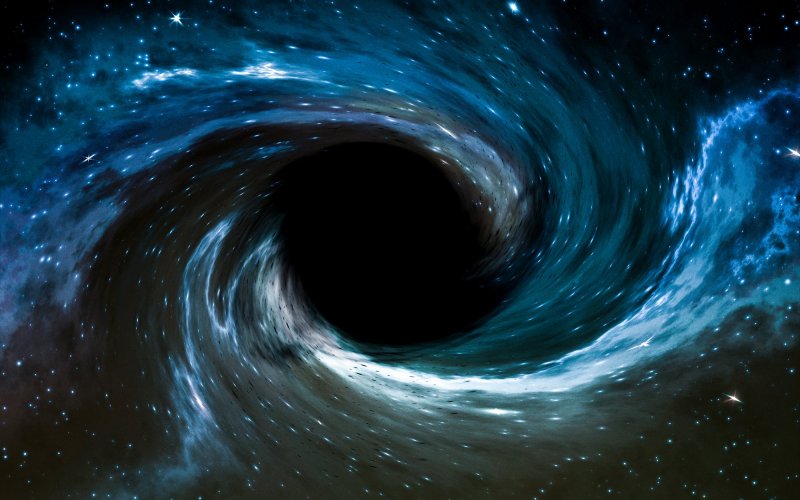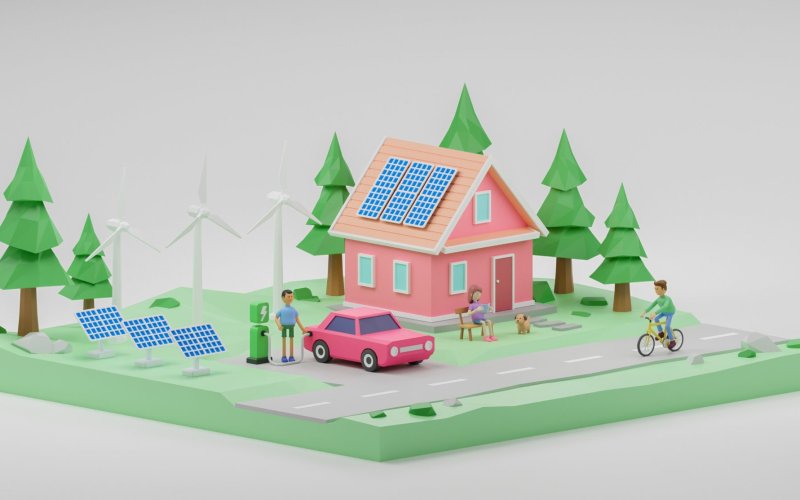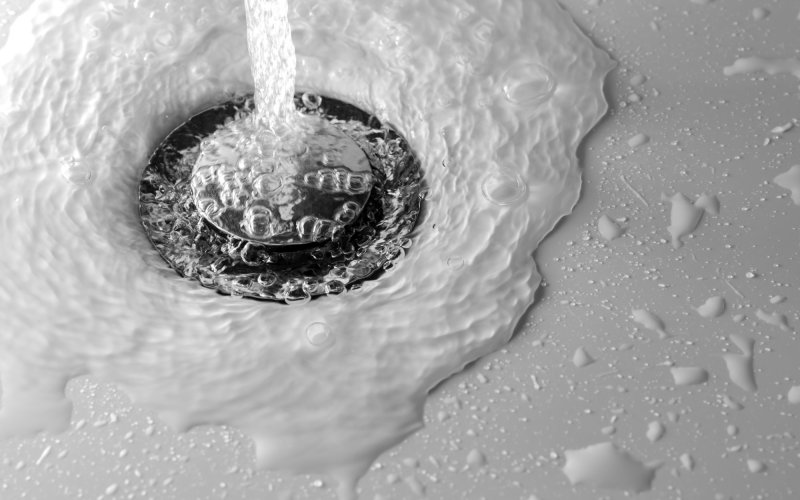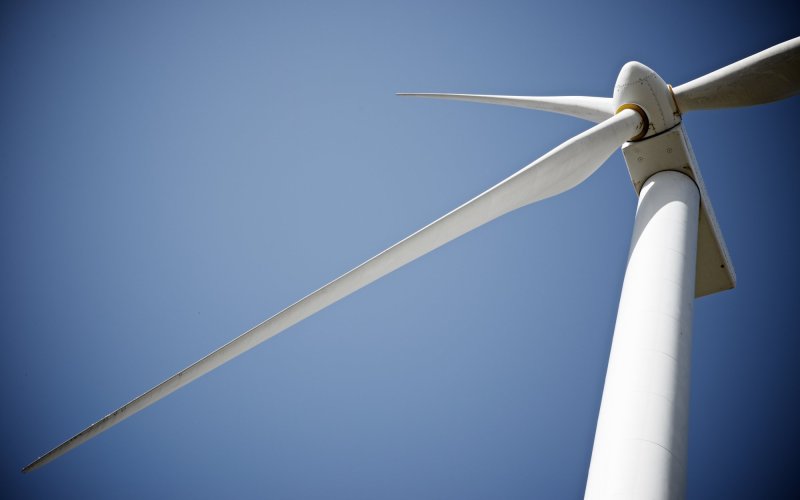Want to ask something?
Send us an e-mail with the subject “Physics mysteries” to the address:
We can't wait to tackle your interesting questions!
Water is said to have been brought to Earth by comets. But where did the water in space come from?
Water is a compound of hydrogen and oxygen. A water molecule contains one oxygen atom and two hydrogen atoms bonded to it at an angle of 104.45 degrees. In order for water to appear in the universe, these two basic elements had to be present first.
Hydrogen was created at the very beginning of the universe ...
Can anything be lighter than hydrogen?
At the carnival, we can buy helium-filled balloons that float because helium is lighter than air. If hydrogen balloons were available, they’d be even lighter, but hydrogen is explosive, so it&rs ...
Hydrogen is the lightest element in the known universe. It consists of just one proton orbited by a single electron. It would seem, therefore, that nothing could be lighter.
Theoretically, it would be possible to create an artificial element from subatomic particles, for example muonium ...
Is it possible that aliens have visited the Earth in history?
Some materials or products are said not to be “earthly”.
It’s certainly possible, but I’m not aware of any irrefutable evidence for it.
Astronomers are convinced that there must be more than 1 planet in the universe to support life as we know it (which is understandable with billions of star systems) ...
What is done with used wind turbine blades?
Even green power plants eventually run out of life, and I can’t imagine how such a hundred-metre blade from a wind turbine is carried to the scrap yard… What is actually done with th ...
Wind turbine blades are made of composites, fiberglass or carbon fibre, strengthened together with polymeric resin. They are designed to withstand harsh natural conditions. Strong winds, rain, frost, and ultraviolet radiation from the scorching sun. This is definitely not a material that can be easily destroyed. But even so, they have a lifespan of about twenty years ...
Is a hammer or a feather lighter?
If I drop a hammer and a feather on the moon at the same time, as astronaut David Scott did in the famous video, they will fall simultaneously ...
All bodies in the Earth’s gravitational field are subject to a gravitational force that gives them the same gravitational acceleration g. If nothing obstructed the bodies when falling, they would all accelerate equally and therefore any pair of simultaneously dropped bodies would hit the ground at the same moment. Just as the feather and the hammer fell at the same moment on the moon ...
Is there a place on the Earth where a person ages faster or slower (very deep underwater or very high in the mountains, etc.)?
I imagine the place where I am on holiday is such a place :D But if we tried to answer this question purely from the physical point of view, there is no place on Earth where we would age noticeably slower ...
Is it possible to teleport yourself or at least something?
We mean the immediate movement of anything to any place by teleportation which we know from Star Trek, for example.
The problem I see is mainly that we want to move anything and immediately.
Every highlighted word alludes to the laws of physics — “anything” to quantum physics and “immediately” to the theory of relativity ...
Is it possible to travel in time?
So far it seems that time travel is limited by causality — this means that the effect can never precede the cause — I can’t be full before I start eating.
Therefore, travelling to the future is real, but it is a one-way journey ...
Is there energy left in the world after a person dies?
In the physical sense, certainly yes, in the philosophical sense, maybe also and whether in the metaphysical sense, I don’t know.
Since we are composed of carbon, oxygen and water, it would be possible to extract these elements from the body and use them, for example, in combustion or nuclear fusion ...
What is a black hole and where does the “suck in” happen?
We all have the experience that when we throw something, it falls to the ground.
The faster we throw an object, the further it lands.
If we throw it very fast, it will not fall to the ground, but will orbit the Earth.
How fast do we have to throw something depends on the mass of the Earth (or the planet we’re throwing on) and the height we’re throwing from ...
What happens to the electricity that people don’t use and the power plant sends to the grid?
Before I get to the answer, I have to remind you that electricity is one of many forms of energy and we “produce” it by converting another form of energy into it.
Typically, we need to move a magnet that rotates between coils (wound wires).
In order to spin the magnet, we can use wind, water, or water vapour obtained by burning different fuels ...
What would happen to our body if we flew at the speed of light?
At first, I have to point out that only light can travel at the speed of light — mainly because it has zero weight.
Anything with non-zero weight would require exactly an infinite amount of energy to accelerate to the speed of light, because at the speed of light the weight of such a body would be infinite.
That is certainly not possible ...
Can a person consciously change their centre of gravity?
In sports, they say “put the centre of gravity in the knees”.
Not only a person can change its centre of gravity but even a cat — to always land on all its legs, it uses its tail among other things.
The position of the centre of gravity depends on the distribution of weight in the body and its shape ...
How was the Universe created?
I’m afraid that with my knowledge I won’t be able to give a perfectly accurate answer and quite possibly no one knows the exact answer.
Actually, no one knows it, because I don’t know that it would be possible to unify the two fundamental theories that describe the origin of the Universe (and of course also the further development, but not in such a close connection) & ...
Is the Universe infinite?
Although this question is not simple, I would rather answer it than what infinity actually is :D Even though we know relatively a lot about the Universe, it is still very little to be able to answer this question unequivocally (of course there are many more questions) ...
Why does the water in a washbasin spin the other way round in the northern and southern hemispheres when you drain it?
We all probably know that a lot of things that are said are not completely true.
And the statement that water in the northern and southern hemispheres always rotates in reverse when it is drained is one of them.
This question is due to the Coriolis force but we can observe its manifestations in other phenomena — e.g ...
Is it possible to measure “telepathic” waves (mind power) outside the body?
For example, affecting another person at a distance greater than 1 m?
We have been able to measure “telepathic” waves for over 150 years — since the first electrodes were attached to the brain and thus since the first electroencephalogram (EEG) ...
What would happen if the Earth stopped rotating?
That would probably be pretty unpleasant, I’m afraid it would almost immediately end all life on the Earth.
The Earth rotates with a frequency of 1 rotation per 24 hours. By a fairly simple calculation, we can find out that at the equator, its speed is over 1,600 km/h (the closer to the poles, the slower the rotation speed) ...
Can anything be faster than light?
It can but it won’t do us any good. I will not deal with hypothetical particles (tachyons), which in my opinion are more of a mathematical game resulting from the Theory of Relativity.
It follows from the Theory of Relativity that when speed increases, the mass of the body also increases. The faster the object moves, the greater is its mass ...
How long can a wind turbine propeller be so that it would not break?
More and more wind farms are being built around the world and they are getting bigger and bigger. Is there a limit to how big they can be? How long can a wind turbine propeller blade be so that it wou ...
The length of the wind turbine’s propeller blades has already exceeded one hundred metres. In 2022, the record was held by a 123 metre long blade from the Chinese firm Lianyungang Zhongfu Lianzhong Composites Group Co., Ltd. (LZ Blades). Even longer rotors can be expected to follow ...





